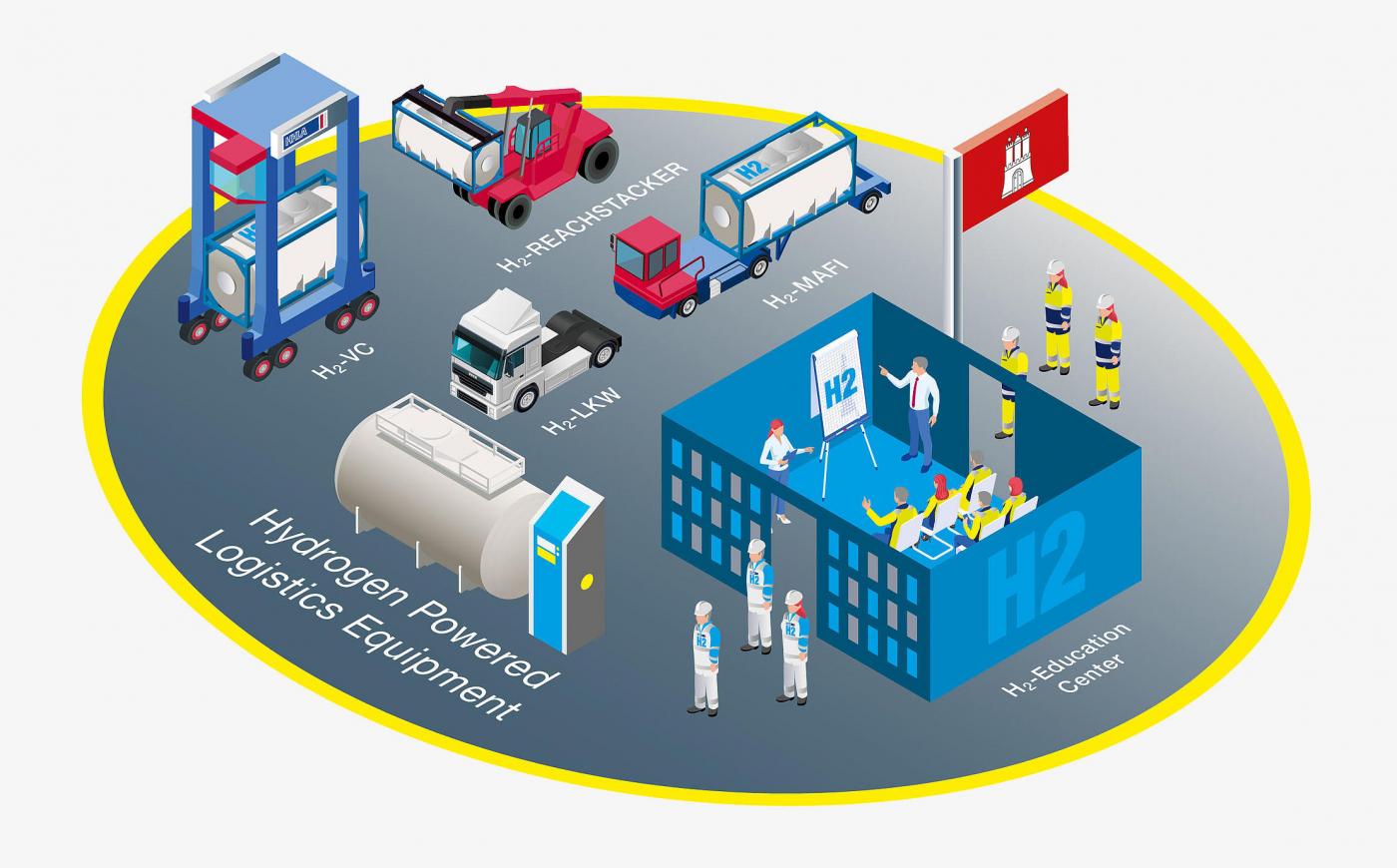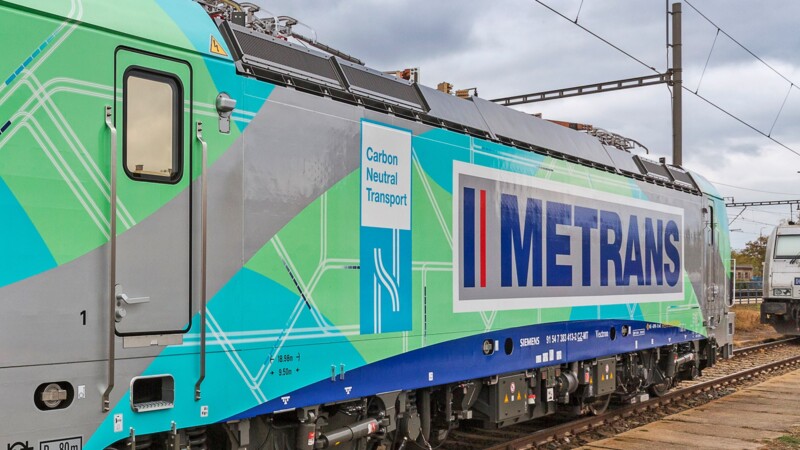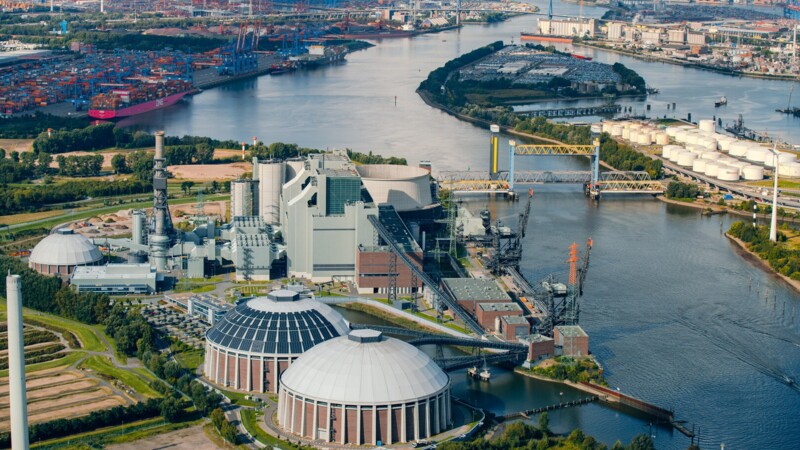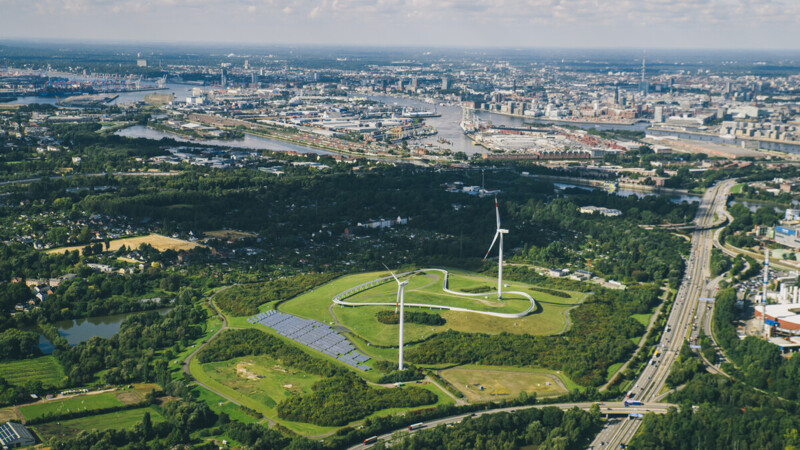CPL brings together manufacturers as well as port and logistics companies with academic partners, producers of renewable hydrogen, software companies, operators and manufacturers of storage tank locations. The cluster will carry out simulations and develop training concepts to this end.
The Hamburger Hafen und Logistik AG (HHLA) has announced the establishment of a Clean Port & Logistics (CPL) innovation cluster to drive forward the decarbonisation of handling and transport processes, according to a press release Thursday (May 5, 2022). The cluster will test hydrogen-powered port logistics equipment that back this goal.
Bringing production and science together
Test centre for hydrogen-powered port logistics
A test centre for hydrogen-powered equipment at the HHLA Container Terminal Tollerort will be central to the cluster's activities. By working together across various locations, the CPL will help many ports to do more to protect the climate in future, said HHLA. The cluster will be sponsored by the German Ministry for Transport and Digital Infrastructure as part of a national innovation scheme for hydrogen and fuel cell technology. The funding guidelines will be co-ordinated by NOW GmbH and implemented by Jülich (PTJ). Michael Westhagemann, Senator for Economics, remarked: "HHLA will gain valuable, cross-disciplinary experience from the project on how the fuel of the future can make a concrete contribution toward reaching Hamburg’s climate targets.”´

An initial memorandum of understanding for the delivery of hydrogen-powered empty container handlers and terminal tractors has been agreed with Hyster Yale Group, Inc., a leading designer and manufacturer of port handling equipment, HHLA said. The units will be powered by Nuvera fuel cells. The delivery of the terminal tractor is scheduled for late 2022, followed by the empty container handler in early 2023.
tn/sb/pb
Sources and further information
Hamburger Hafen und Logistik AG (HHLA)
HHLA counts among Europe's leading logistics companies. It has a dense network of seaport terminals in Hamburg, Odessa, Tallinn and Trieste as well as hinterland connections and associated intermodal hubs in Central and Eastern Europe.
More
Similar articles

HHLA's Metrans going green

Moorburg power plant could produce large amounts of green hydrogen

